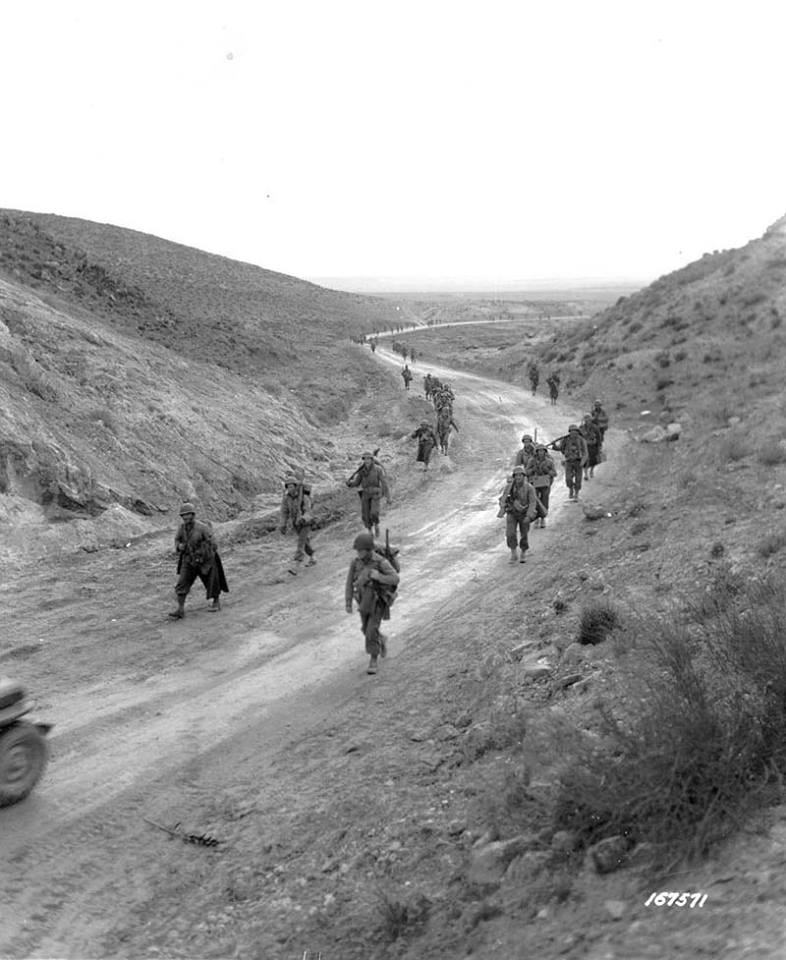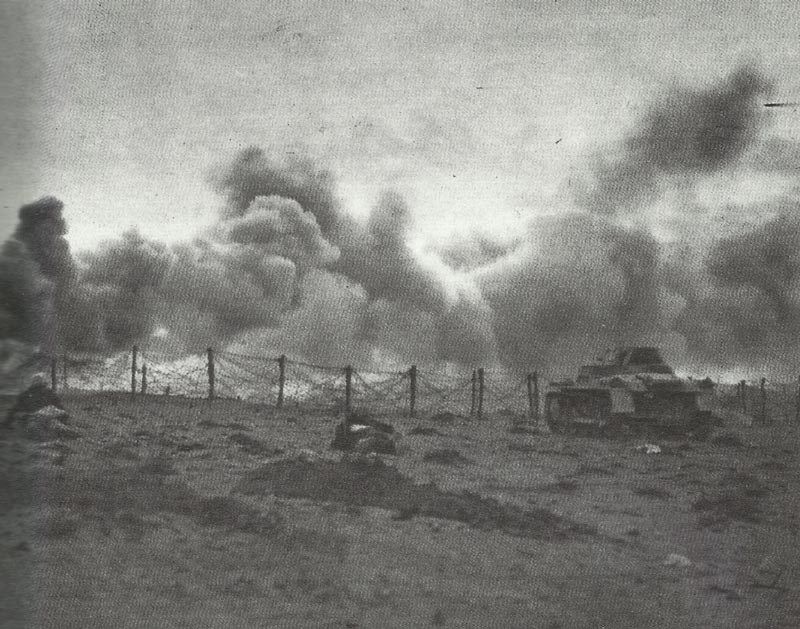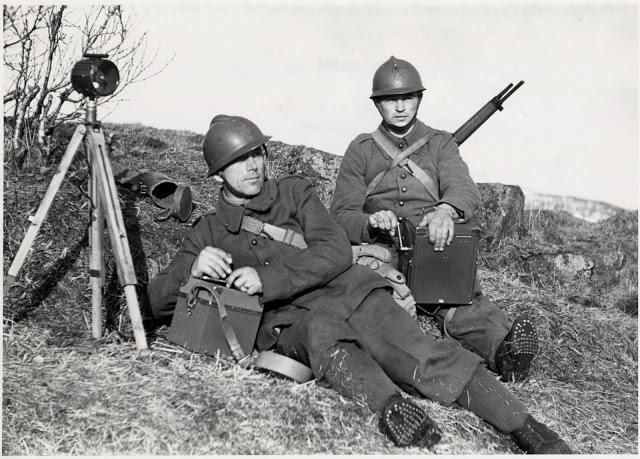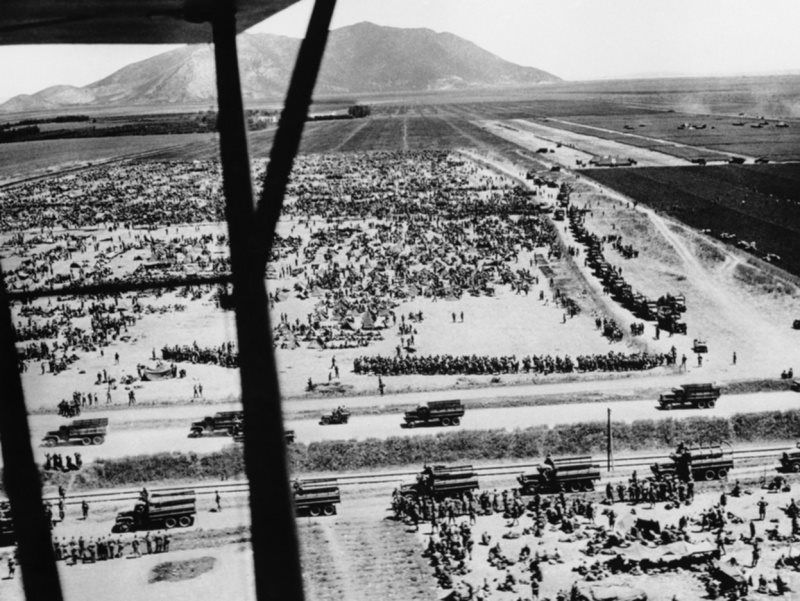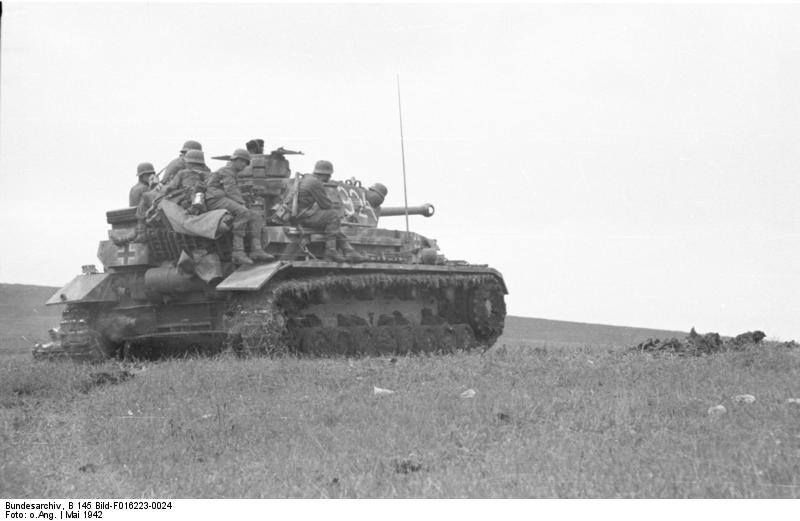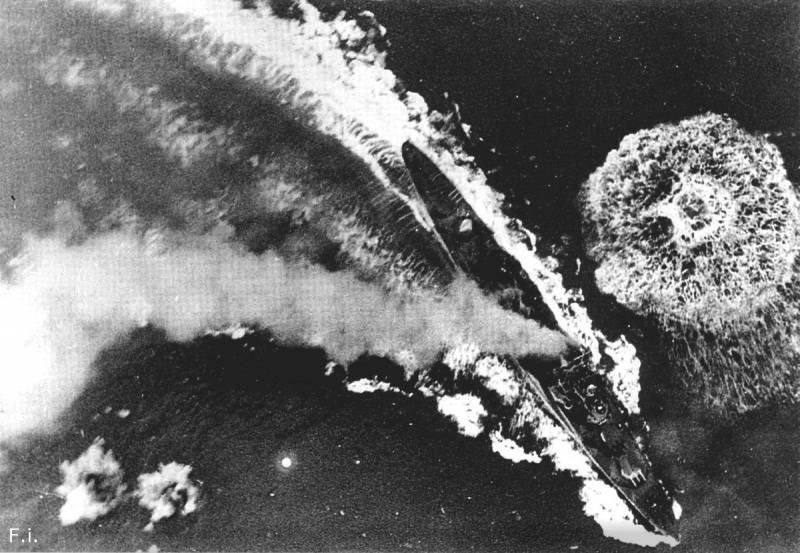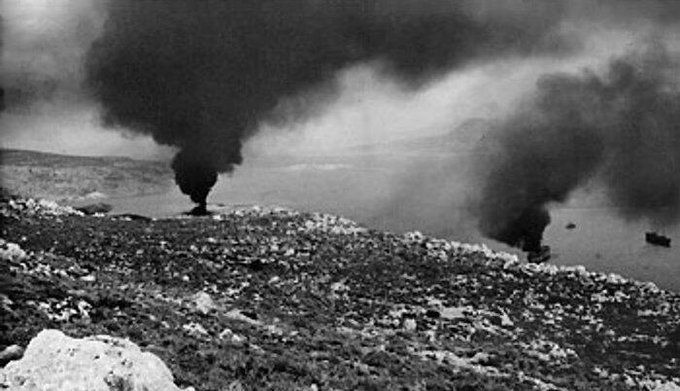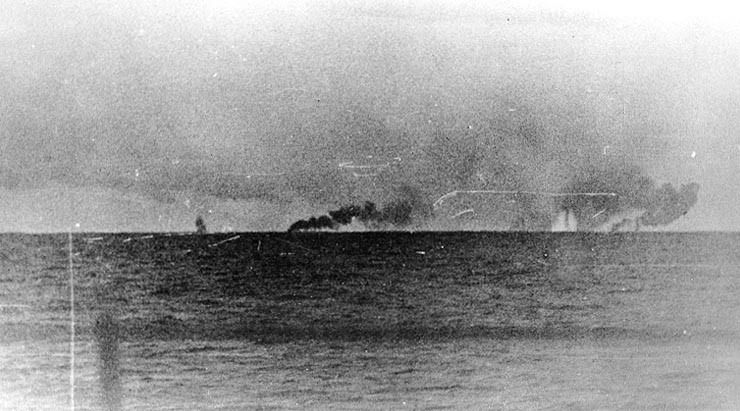May 13, 1940. Western Front
Northern France. In the morning, Rommel sends motorcycle troops across the Meuse River over a weir & lock gate at Dinant, while Guderian’s troops cross in rubber boats at Sedan in the afternoon following intensive bombing of French defensive positions. Despite French artillery bombardment, they both establish bridgeheads and by the evening they have pontoon bridges in place and tanks are rolling over.
Holland. German 9th Panzer Division reaches the outskirts of Rotterdam and 22nd Flieger Division holds onto bridges in the city. Dutch Queen Wilhelmina leaves at noon on HMS Hereward. Her government exiles to London at 17:20 hours on HMS Windsor.
Belgium. Battle of Hannut continues. To cover the Gembloux gap, French tanks line up abreast in a long thin line. Large groups of Panzers easily punch through, causing havoc in the French rear and Prioux retreats to the defensive line at Gembloux. Over 2 days French lost 105 tanks, Germans 160.
Winston Churchill first enters the House of Commons as Prime Minister, accompanied by his predecessor Chamberlain who receives a better reception by far. Churchill gives his “Blood, toil, tears and sweat” speech.
Photo: A Panzer II and other motorised units of the 10th Panzer Division at Wadelincourt, head for the Meuse River on the left flank of the German assault during the Battle of Sedan. May 13 or 15, 1940
Colourised by Royston Colour

